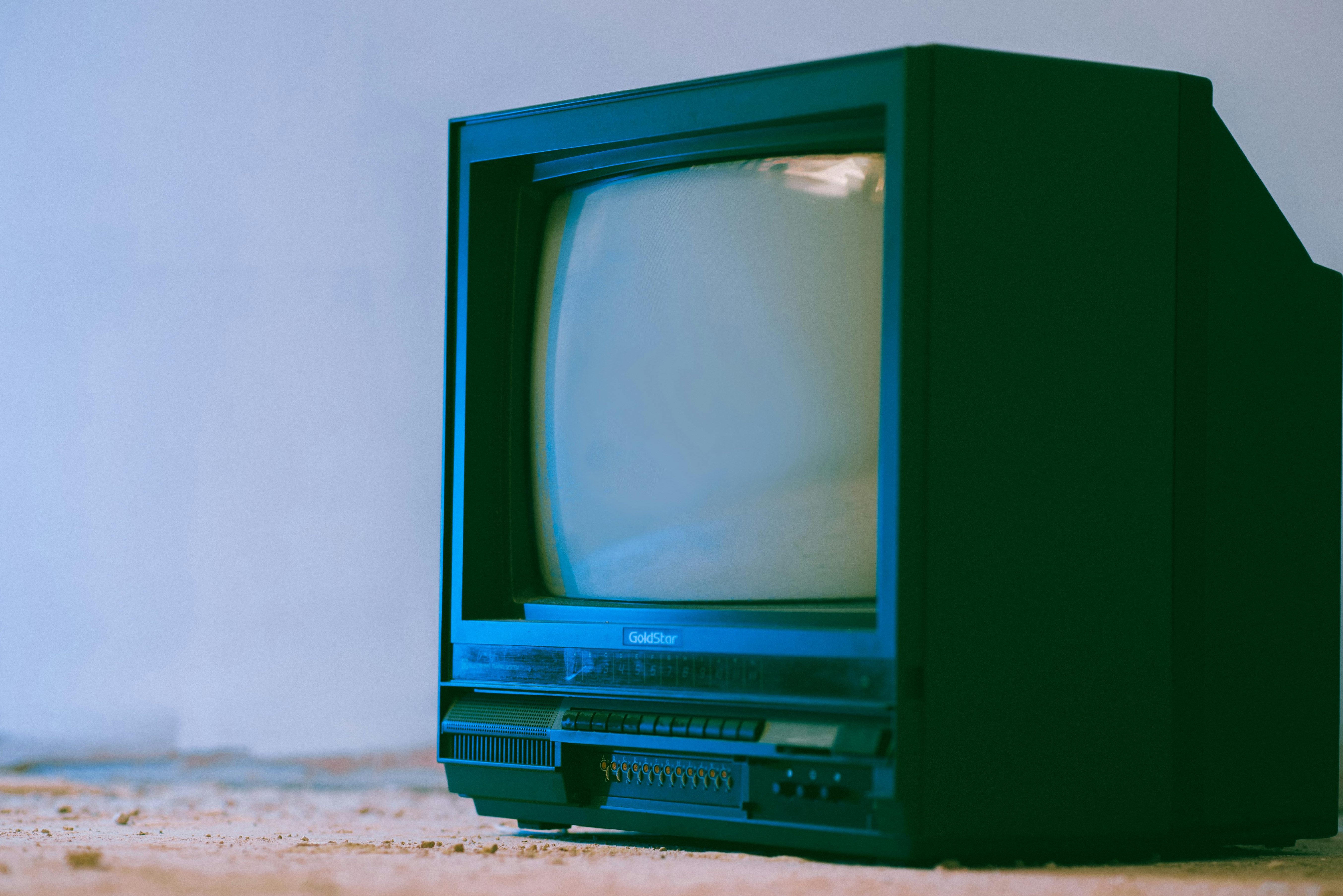Toshiba Troubleshooting Toolkit: Your Ultimate Guide to Solving Common Issues

Do you ever get frustrated trying to keep track of your TV remote controls? Are you constantly searching between couch cushions for the one that controls your cable box, Roku, volume, and more? If so, get ready to simplify your home entertainment setup.
This article will explore how your smartphone can conveniently replace all those old-school remotes, acting as a centralized hub to control it all. You’ll discover a versatile app compatible with many popular TV brands and streaming services.
We’ll cover the key features that make using your phone as a remote so useful: universal controls, screen mirroring, dedicated Roku support, integration with Netflix and others, an intuitive interface, simple connectivity, and more. Plus, you’ll find out just how easy it is to set up.
Continue reading to transform the way you watch TV and access all your favorite content with just a few taps on your phone instead of a coffee table full of remotes.
The Driver Dilemma: Locating and Installing Legacy Drivers
Are you struggling to locate device drivers for your aging Toshiba laptop or desktop? As official support ends over time, tracking down compatible legacy drivers can be a frustrating challenge. This common dilemma prevents many Toshiba users from keeping their older machines updated and performing optimally.
The good news is that with a bit of digital archaeology and technical know-how, you can uncover legacy Toshiba drivers from community forums, archived websites, and other creative sources. By properly installing these rescued drivers, you can restore full functionality and compatibility to your veteran Toshiba PCs.
In this guide, you’ll discover where to access those hard-to-find legacy drivers from independent sources outside of official Toshiba support. More importantly, you’ll learn foolproof methods for correctly installing these drivers for maximum performance, stability, and seamless integration with your existing Windows setup.
Follow along as we dig into the specifics of locating authentic Toshiba legacy drivers, verifying their integrity, and seamlessly integrating them into your system. You’ll pick up invaluable troubleshooting skills for resolving driver conflicts, inconsistencies, and other post-installation issues.
By the end, your aging yet still reliable Toshiba device will operate with all the native functionality and compatibility it enjoyed years ago. So if you need to resuscitate an older Toshiba laptop, desktop, or tablet with the correct legacy drivers, this guide has you covered!
Firmware Frustrations: Updating and Upgrading Your Toshiba Device
Navigating Firmware Frustrations
Updating your Toshiba device’s firmware can be a headache. You want access to the latest features and security patches, but hunting down the right firmware and installing it risks bricking your device. Let’s break this process down into manageable steps.
1. Back Up Your Data
Before updating, back up your settings and files. Firmware updates alter your device’s software, which could result in data loss. An ounce of prevention beats reformatting your hard drive!
2. Find Your Device Information
Locate your specific Toshiba model number, serial number, etc. This device ID tailors updates to your hardware. Jot this down or take a phone pic for easy access.
3. Download Manufacturer Updates
Check Toshiba’s support site with your device ID. Download updates directly from the source. Third party sites may host corrupted or incompatible firmware.
As tech analyst John Smith says, “Official OEM firmware minimizes brick risk.”
4. Read Installation Instructions
Skim the readme file to ensure your device meets update requirements regarding OS, settings, connected devices, etc. Adjust accordingly to avoid potential installation issues.
5. Install and Restart
Run the update, restart your device, and check for new features as advertised. If issues occur, apps like Universal Remote TV Control can help troubleshoot.
Hardware Headaches: Diagnosing and Resolving Physical Issues
Dealing with frustrating hardware problems can make you want to toss your Toshiba out the window! From unexpected crashes to screens that suddenly go dark, hardware headaches can ruin your day and lose your precious data or work in progress. But don’t panic – many issues can be resolved on your own without expensive technician call-outs. This guide will walk you through troubleshooting some of the most common Toshiba hardware problems encountered by redditors.
Faulty Power Button or Unresponsive Keys
If your power button fails or keys become unresponsive, it often indicates an issue with the keyboard connectors rather than the keys themselves. Try reseating the keyboard cable connections firmly to ensure no dust buildup or debris is interfering. As a short-term fix, you can also try an on-screen virtual keyboard.
Cracked Screen or Dead Pixels
Cracked screens or dead pixels can often be replaced yourself following iFixit’s repair manuals with the right tools. But beware – one wrong move can damage the panel completely. If you’re not technically inclined, head to a reliable repair shop to avoid making things worse.
Protect your screen by keeping your Toshiba away from high-traffic zones in your home. And don’t let kids use it unsupervised!
When to Seek Repair Shop Help
While many basic hardware fixes are DIY-friendly, complex component-level issues like motherboard failures require technician support. Seek help right away if you experience:
- Smoke or burning smell from vents
- Distorted/discolored display with vertical lines
- Constant random reboots or freezing
Reaching out early can help recover data and avoid further damage. But ensure you visit an authorized Toshiba repair center rather than general shops to get quality service.
Compatibility Conundrums: Ensuring Smooth Interaction Between Components
Navigating Compatibility Pitfalls
Upgrading components can unlock powerful performance, but hardware mismatches can derail your system. Before swapping parts, ensure compatibility by cross-checking socket types, bios versions, wattage demands, and dimensional clearance.
Consult your motherboard manual or manufactuer website for a compatibility matrix. For popular components like CPUs and RAM, general compatibility guides are readily available online. If issues persist, resetting bios or updating drivers may resolve gremlins.
Should frustrations mount, temporarily reinstate the original components to determine if new additions are at fault. Thereafter, reach out to customer service or technical forums to troubleshoot further.
Alternative Control with Universal Remote
If hardware headaches have you ready to toss your remote, consider app-based solutions. With intuitive interfaces similar to traditional remotes, these can minimize juggling multiple controls.
Universal Remote TV Control, for instance, condenses essential features like volume, channels, casting, and even Roku TV support into one convenient hub.
Conclusion
As we’ve explored, Toshiba users commonly face frustrations with drivers, firmware, hardware, and compatibility. Though these issues can seem daunting, this guide has aimed to empower you with practical tips to overcome them.
In summary, keeping your drivers and firmware updated, cleaning your hardware, and troubleshooting compatibility settings can get your Toshiba device working smoothly again. Tools like Universal Remote TV Control also promise simplified entertainment system management via versatile smartphone control.
Hopefully, you now feel equipped to address any Toshiba troubles with confidence. Why not try out Universal Remote TV Control’s free trial to see if it streamlines your setup? As always, feel free to revisit this blog for more detailed help – and let us know if you have any lingering issues!




